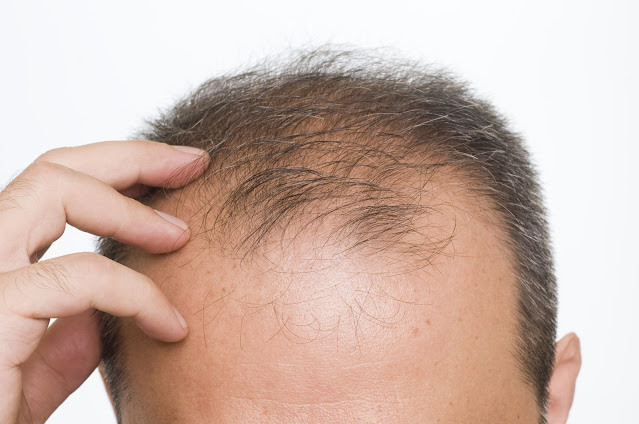The best hair transplant surgeon in India
is often asked if any patient can use Minoxidil who has active Scarring
Alopecia. But it cannot be said easily as it depends upon the patient and more
over the specific details. Before we tackle the question, we need to know what
active scarring alopecia is.
What is Active Scarring Alopecia?
Active scarring alopecia refers to hair loss caused by an
overactive immune system process. The patient may have scalp itching, have
increased scalp burning and may be shedding more and more hair. All of these
things point to active scarring alopecia. What do we do when scarring alopecia
is deemed active? Well, we increased the amount of immunosuppressive and
immunomodulatory treatments we are using.
Here are just some of the examples of how we change treatment is we
feel LPP is active.
Example 1: Instead of
using steroid injections, they might use steroid injections and topical
steroids.
Example 2: Instead of
using topical steroids, we might add oral doxycycline.
Example 3: Instead of
using oral doxycycline and topical steroids, a patient might take oral
doxycycline plus oral hydroxychloroquine, suggested by the best hair transplant surgeon
in Kolkata.
In other words, once the LPP is determined to be active (or still
active) we are going to make some pretty important decisions about increasing
treatment. These are indeed big decisions because treatments have potential
side effects, cost money.
What are the potential side effects of minoxidil?
Now, let’s focus on minoxidil and the potential side effects. In
addition to side effects like headaches, dizziness and heart palpitations and
hair growth on the face, minoxidil can cause two important side effects for
patients with scarring alopecia: 1) Minoxidil can cause increased hair shedding
and 2) Minoxidil can cause scalp itching for some people. These two side effects can make it difficult
to figure out if the itching and shedding are coming from the active LPP or
coming from the minoxidil.
So can anyone use minoxidil if they have LPP or not?
They always advise that patients review use of any medication with
their dermatologist. In general, if a patient was using minoxidil for a very
long time (without any problem) before the LPP even started, it’s usually fine
to continue.
In these situations, it’s unlikely any increased shedding or scalp
symptoms the patient experiences is going to be attributable to the minoxidil.
But starting up or initiating the use of minoxidil when one has active LPP is
active is not usually a good idea. If the patient gets more shedding or more
scalp symptoms, it will be impossible to tell if they are coming from active
LPP or coming from the minoxidil.
In the worst case scenario, one can imagine a situation where the
doctor increases the dose of medications thinking that the change in clinical
symptoms or signs was due to increased activity of the LPP when really it was
just the minoxidil.
Imagine if the patient developed a side effect of the new
medication - and it never needed to be started in the first place said by the best hair
transplant surgeon in India.


















